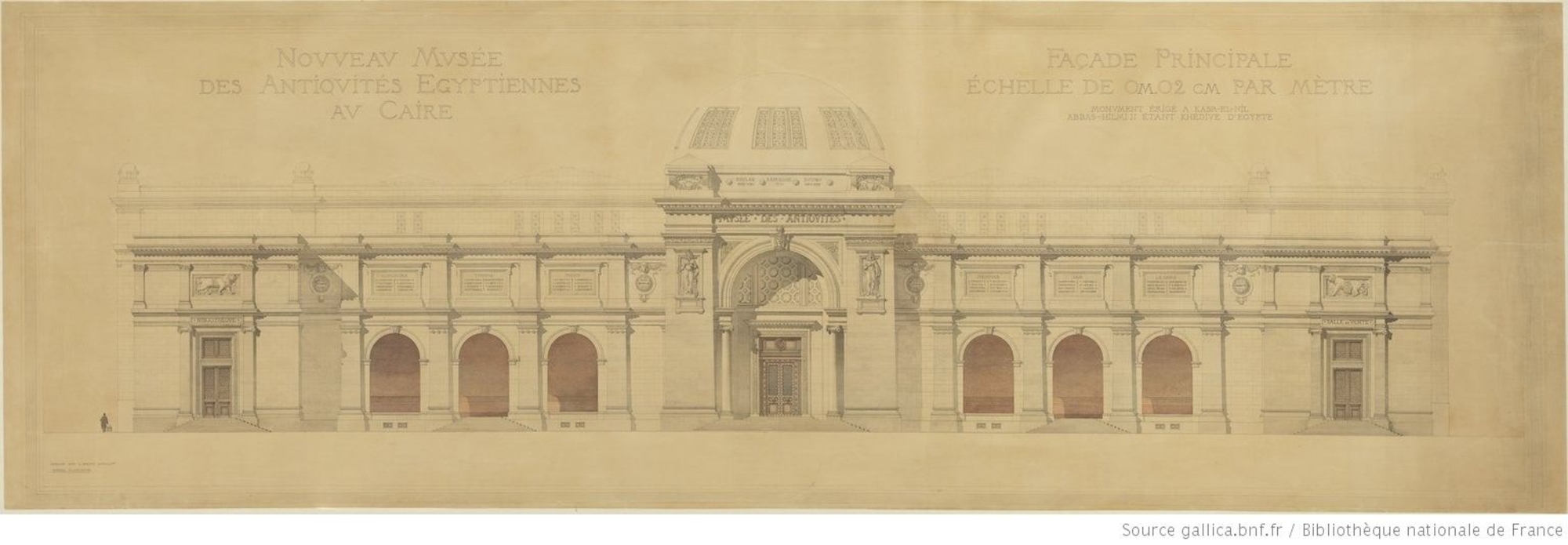
- Home
- The life of Jacques de Morgan
- Egypt (1892-1897)
- Plans for publication
”And then one day at last we saw the dust of the excavation at Ombos. […] A whole world emerged from the earth”
A monumental publication
In 1892 and 1893, Jacques de Morgan explored a number of archaeological sites along the Nile with the intention of publishing a Catalogue des monuments et inscriptions de l’Égypte antique. The model he chose was Napoleon Bonaparte's Description of Egypt. He estimated the research would take three decades to complete and require the publication of more than 100 volumes. His field surveys in Kom Ombo were simply the first step in a much bigger project. He published the first three volumes in no time at all, including more than one thousand plates with ground plans and records of inscriptions.
Scientific partnerships
Jacques de Morgan was helped in his work by a team of specialists, including three leading Egyptologists: Urbain Bouriant, director of the Institut français d’archéologie orientale, who had worked with Maspero, Georges Legrain, chief inspector of antiquities in Luxor, and Gustave Jéquier, who later joined Morgan on several field expeditions, including to Karnak and Susa.
A work of lasting significance
Although recent studies have fine-tuned the field data recorded by Morgan, his work remains a benchmark for modern researchers. His aspirations, the amount of work he produced, and the attention he paid to the project continue to command respect. Today, his work not only sheds light on Egypt but also on Morgan’s own scientific world.



